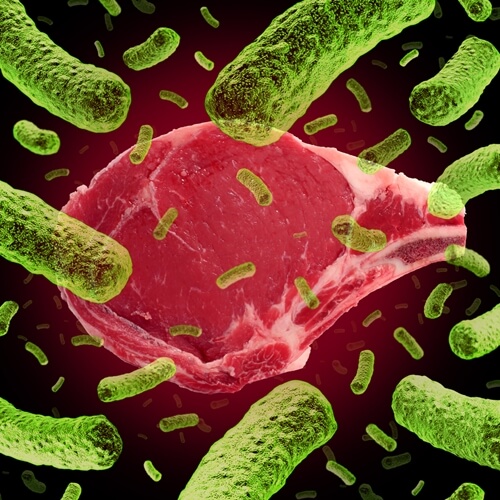Understanding Food Recalls
We see them in the news all the time – big food chains announcing major recalls of popular products, from salsa to pet food and barbecue sauce. But what does it mean when a food has been recalled? Who makes that decision and what are commonly reported items that may cause sickness?
What is a food recall?
When a food item has been found to be unfit for consumption it may be recalled. The company that created the product may issue a recall or a food safety regulator like the government may ask the company to do so. The types of recalls are divided into three categories:
- Class One: There is a reasonable probability that food under a class one recall is hazardous to health and may cause serious adverse effects or even death. An example of this is if a product has been exposed to an allergen like nuts that is not listed on the label. If someone with a nut allergy were to eat this product, they would have the potential to have an allergic reaction because the product was not properly labeled.
- Class Two: Items under a class two recall have a remote probability that negative health issues will occur after eating it and the condition may be temporary or reversed with medical intervention. If there is a potential for an unlabeled substance (such as a certain dye color in a differently shaded candy) the item may be listed as a class two recall.
- Class Three: Food products that are considered a class three recall are not likely to cause adverse health reactions. This label is used when a package is not at the weight that it is listed as or if water was added and that information was not included in the packaging.
Past recalls
According to the U.S. Food and Drug Administrations Reportable Food Registry Fourth Annual Report, there were three top reasons for food recalls during 2014. Those included salmonella, which was widely distributed across 20 states in peanut butter and caused a human illness outbreak. Listeria monocytogenes caused a recall in smoked salmon products and E.coli O121 was found in frozen foods after causing a human illness outbreak across 19 states. The number of reports for undeclared allergens rose to 88, three more than those indicated on the 2013 report. According to Open Data, almost three quarters of food recalls since 2009 have been caused by Salmonella. Second on the list is allergens and Listeria is third.


